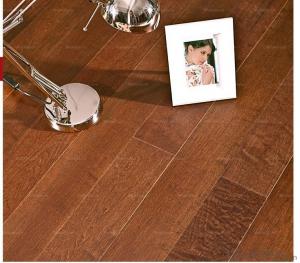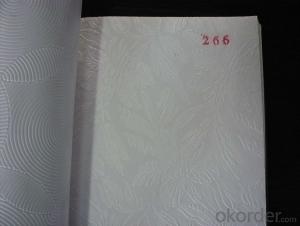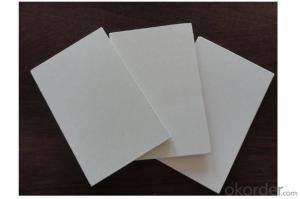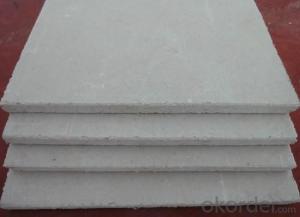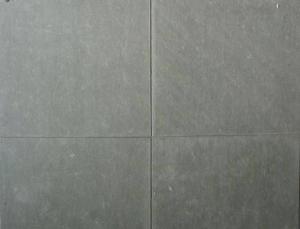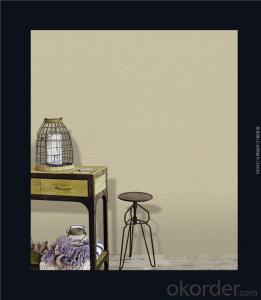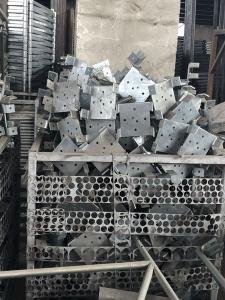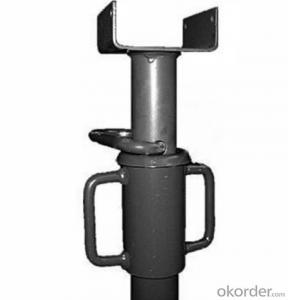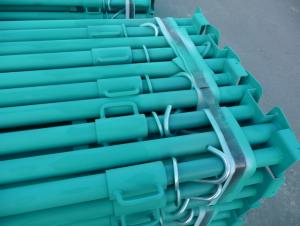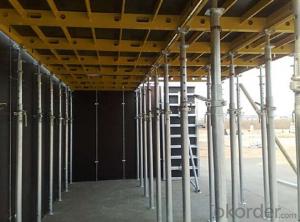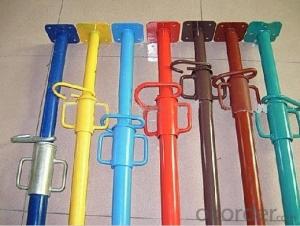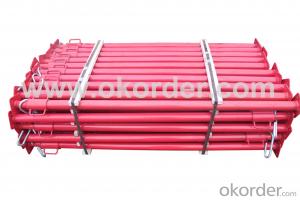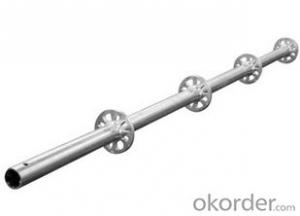Best Prop For Speed
Best Prop For Speed Related Searches
Best Paint For Stainless Steel Best Inverter For Solar System Solar Panel Inverter For Home Best Inverter For Solar Panels Best Solar Inverter For Rv Bending Machine For Pvc Profiles Inverter For 100w Solar Panel Solar Panel Inverter For Rv Best Aluminum Foil For Bbq Pvc Tiles For WallsHot Searches
Steel Mesh Panels For Sale Price For Stainless Steel Scrap Scrap Price For Stainless Steel Price For Stainless Steel Stainless Steel Plate For Sale Stainless Steel Tank For Sale Stainless Steel Sheets For Sale Cheap High Tea Sets For Sale Stainless Steel Tanks For Sale Stainless Steel For Sale High Density Fiberboard For Sale Solar Hot Water Collectors For Sale Scaffolding For Sale In Uae Scaffolding For Sale In Ireland Scaffolding For Sale In Houston Type Of Inverter For Solar Price Of Shipping Containers For Sale Types Of Inverter For Solar Stock Price For Aluminum Cheap High Tea Sets For SaleBest Prop For Speed Supplier & Manufacturer from China
Okorder.com is a professional Best Prop For Speed supplier & manufacturer, offers integrated one-stop services including real-time quoting and online cargo tracking. We are funded by CNBM Group, a Fortune 500 enterprise and the largest Best Prop For Speed firm in China.Hot Products
FAQ
- Indeed, shoring or formwork support can be achieved using steel props. These props, also recognized as adjustable props or acrow props, are extensively employed in construction to offer temporary support to structures or formwork throughout the construction phase. Constructed primarily of steel, they possess an adjustable height characteristic that allows for extension or retraction to the desired length. The versatility of steel props permits their usage in various shoring or formwork applications. They are frequently employed to sustain horizontal or vertical loads, such as slabs, beams, or walls, during construction or renovation undertakings. Additionally, they can temporarily support formwork systems, guaranteeing proper alignment and stability throughout the concrete pouring and curing stages. The adjustability feature of steel props renders them suitable for diverse construction scenarios, as they can be effortlessly modified to the necessary height and securely positioned. This adaptability enables efficient installation and removal, reducing downtime and optimizing productivity at the construction site. Moreover, steel props are renowned for their robustness and longevity due to their high-quality steel composition. This ensures their capability to withstand the substantial loads and forces encountered during construction activities. Designed to provide dependable support and stability, they enhance the safety and integrity of the structure or formwork system. In conclusion, steel props are indisputably appropriate for shoring or formwork support. Their adjustable height feature, strength, and durability make them an ideal selection for delivering temporary support and stability to structures or formwork systems during the construction process.
- When using steel props, it is important to follow a few safety precautions to ensure a safe working environment. Firstly, always inspect the props before use to check for any signs of damage or defects. Secondly, make sure the props are properly installed and secured, following the manufacturer's guidelines. It is crucial to ensure that the props are stable and capable of supporting the intended load. Additionally, never exceed the weight capacity of the props and avoid overloading them. Regularly monitor the props during use and make necessary adjustments if any signs of instability or movement are observed. Lastly, always wear appropriate personal protective equipment, such as gloves and safety boots, when working with steel props to protect against potential hazards.
- Yes, there are weight restrictions when using steel props. The weight capacity of steel props varies depending on their size and specifications. It is important to consult the manufacturer's guidelines and follow the recommended weight limits to ensure the safe and proper use of steel props.
- Steel support pre pressure construction should meet the requirements
- The shape of the support can be cross shaped or herringbone, the horizontal angle of support should not be greater than 55 degrees
- Steel props and hydraulic jacks are both commonly used for supporting heavy loads in construction projects. However, there are several key differences between the two that make them suitable for different applications. Steel props, also known as steel shoring or acrow props, are adjustable metal poles with a threaded end that can be extended or retracted to the desired height. They are especially useful for providing temporary support to structures during renovations, repairs, or formwork operations. Steel props are known for their robustness, stability, and load-bearing capacity. They are typically made from high-quality steel, making them durable and able to withstand heavy loads. Steel props are easy to install and adjust, allowing for quick and efficient work. On the other hand, hydraulic jacks utilize fluid pressure to lift and support heavy loads. They are commonly used in automotive repair shops, industrial settings, and in situations where precise and controlled lifting is required. Hydraulic jacks consist of a hydraulic cylinder, a pump, and a release valve. By pumping the handle of the jack, hydraulic pressure is built up, causing the cylinder to extend and lift the load. The main advantage of hydraulic jacks is their ability to provide accurate and controlled lifting, making them suitable for delicate operations and where height adjustments are necessary. In terms of comparison, steel props are generally more cost-effective and versatile than hydraulic jacks. Steel props can be easily adjusted to various heights, making them suitable for a wide range of applications. They are also highly durable and can withstand heavy loads without the risk of failure. In contrast, hydraulic jacks are more specialized and typically more expensive. While they offer precise control and are ideal for lifting heavy loads in specific situations, they may not be as versatile or cost-effective as steel props. Overall, the choice between steel props and hydraulic jacks depends on the specific requirements of the project. Steel props are a reliable and affordable option for temporary support and general construction needs, while hydraulic jacks are better suited for precise lifting and controlled operations.
- Steel props, also referred to as steel acrow props or steel shoring props, do not possess the capability to be adjusted at 45-degree angles. These vertical supports are employed in construction to offer temporary support to structures or formwork. Normally, they can be adjusted in height, providing flexibility to accommodate diverse construction requirements. Nevertheless, the adjustment mechanism solely allows for vertical modification and does not permit adjustment at specific angles like 45 degrees. In the event that a 45-degree angle is necessary, alternative methods or supports must be utilized.
- Regulations and standards exist for the use of steel props in the construction and engineering industries. Steel props, also called adjustable steel props or scaffolding props, are temporary support structures utilized for vertical support during construction or renovation activities. Various countries have building codes and safety standards that govern the use of steel props. These regulations guarantee that steel props are designed, manufactured, and utilized in a safe and efficient manner. While the specific regulations and standards may differ across jurisdictions, they generally encompass different aspects of steel prop usage, such as design criteria, load capacities, installation methods, and inspection requirements. An example of such regulations is the British Standard BS 4074, which specifies the criteria for adjustable steel props used in construction. It outlines manufacturing requirements, load capacities, safety factors, as well as guidelines for proper installation, bracing, and inspection procedures. Similarly, in the United States, the Occupational Safety and Health Administration (OSHA) sets standards for construction activities, including the use of steel props. OSHA regulations, like 29 CFR 1926 Subpart L, provide guidelines on scaffold use, including appropriate design, erection, and dismantling procedures for scaffolding systems, which may incorporate steel props. These regulations and standards are in place to ensure the safety of workers and the general public during construction activities. Their aim is to prevent accidents, collapses, and injuries resulting from faulty or improper use of steel props. Compliance with these regulations is typically mandatory and enforced by regulatory authorities, who may conduct inspections and issue penalties for non-compliance. Therefore, it is crucial for construction companies, contractors, and individuals involved in construction projects to be aware of and adhere to the applicable regulations and standards in their jurisdiction. They should ensure that the steel props used on their sites meet the necessary requirements, are correctly installed, and undergo regular inspections to ensure their integrity and safety.
- Both steel props and concrete columns are frequently used in construction as structural elements. However, they possess different qualities and are applicable for diverse purposes. Steel props, also referred to as steel shores or adjustable steel props, serve as temporary supports during construction or renovation efforts. Made from high-strength steel, they are adjustable in height, rendering them adaptable and versatile for various construction scenarios. Steel props are easily installed and removed, making them ideal for temporary structural support. They are commonly utilized in formwork, scaffolding, and shoring systems. In contrast, concrete columns are permanent structural components that offer vertical support to buildings and infrastructure. Typically constructed from reinforced concrete, they combine the compressive strength of concrete with the tensile strength of steel reinforcement bars. Concrete columns are designed to endure vertical loads and lateral forces, ensuring long-term stability and structural integrity. When comparing steel props to concrete columns, several factors must be taken into account: 1. Load-bearing capacity: Concrete columns are designed to bear heavier loads than steel props. Concrete possesses a high compressive strength, enabling columns to withstand substantial loads. While steel props are strong, their load-bearing capacities are lower, making them more suitable for temporary support during construction. 2. Durability: Concrete columns exhibit high durability and possess a lengthy lifespan. They can endure weathering, fire, and other environmental conditions. Steel props, as temporary supports, are not intended for long-term usage and may necessitate regular maintenance. Exposure to moisture and corrosive environments can also diminish their durability. 3. Flexibility: Steel props can be adjusted in height, allowing for flexibility in construction projects. They can be easily extended or shortened to accommodate varying heights during different construction stages. Once cast, concrete columns cannot be effortlessly modified or adjusted. 4. Cost: Steel props are generally more cost-effective than concrete columns. They are less expensive to produce, install, and remove, making them the preferred choice for temporary support systems. Conversely, concrete columns require more labor and materials, making them more costly. In conclusion, steel props and concrete columns possess distinct qualities and serve different purposes. Steel props are versatile, temporary supports suitable for construction projects, while concrete columns provide long-term stability and support for permanent structures. The choice between the two depends on specific project requirements, load-bearing capacity, durability, flexibility, and cost considerations.

















